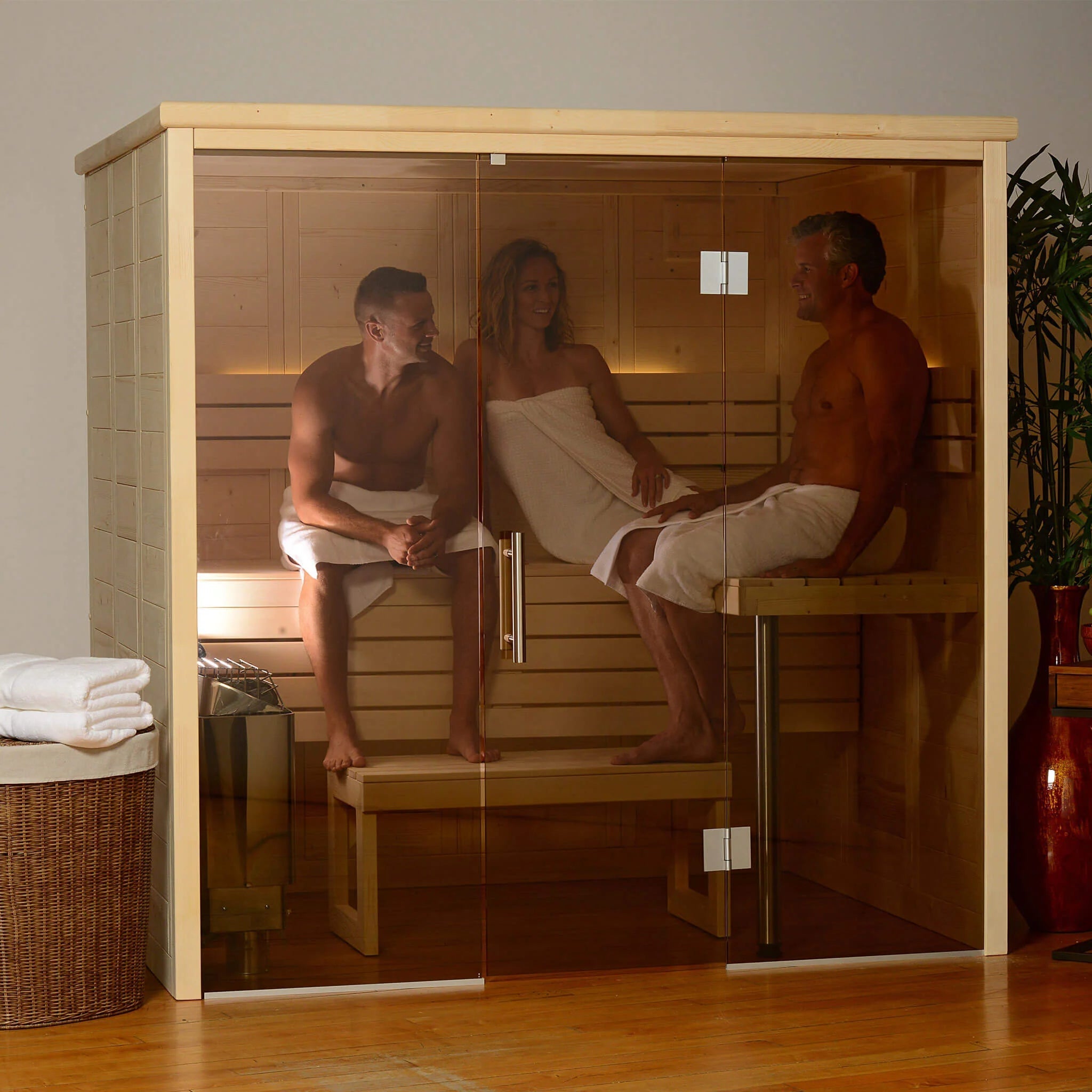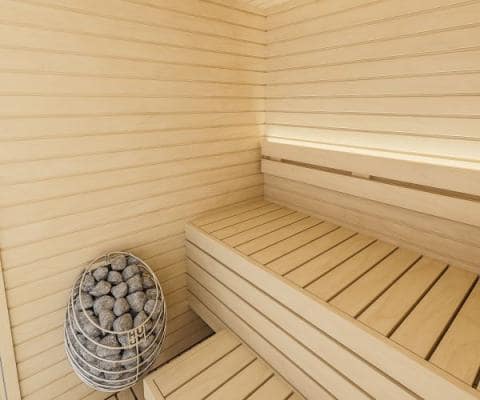Our Traditional Sauna Statements
Table of Contents6 Simple Techniques For Traditional SaunaGetting My Traditional Sauna To WorkTraditional Sauna Fundamentals Explained8 Simple Techniques For Traditional SaunaHow Traditional Sauna can Save You Time, Stress, and Money.
Many of the weight shed in a sauna is water loss and is re-gained upon rehydrating. Nonetheless, without a question sauna can be a crucial component of a healthy and balanced weight management program. To look at the differences in between typical and IR saunas, I will certainly divide these right into verifiable, theoretical, and made distinctions.Therefore, the hottest point in the saunawhich goes to the ceiling straight over the sauna heateris normally in between 185 and 190 F. Claims that a typical sauna goes beyond 200 F is simply not real and not suitable for electric saunas offered in the United States. The temperature for a far-infrared sauna is usually set in between 120 and 140 F; nonetheless, unlike the conventional sauna, the goal in and IR area is not to attain a heat.

When a typical sauna has been correctly warmed, the sauna wall surfaces are cozy, the air temperature level has attained set temperature and the rocks are extremely warmed. As an interesting side note, the warmed wall surfaces and the rocks are giving off far-infrared heat, incorporated with the heated air, to create an "covering heat".
Little Known Questions About Traditional Sauna.
When the high temperature is achieved, the elements cycle on and off to preserve the high temperature level. Most traditional sauna individuals enjoy pouring water over the rocks to produce steam to elevate sauna moisture levels. The benefits of putting water over the rocks consist of: making the room a lot more comfy, moistening the nasal flows, and enabling the usage of aromatherapy by mixing crucial oils with the water.

When the power gets in the body, it creates the body temperature level to raise and eventually causes perspiration. In an infrared sauna it is very important for the emitters/heaters to remain on nearly constantly. Because there is no mass of rocks to keep heat, the sauna will cool down if the emitters shut down.
Rumored Buzz on Traditional Sauna
As mentioned above, the sauna bather in an infrared room desires to position himself before operating emitters to get optimal benefit from the heat. The home heating time for both spaces can be very various, depending upon just how the areas are used. For a conventional sauna, a bather should permit 30-40 mins for the area to accomplish a desired temperature and to properly pre-heat the rocks.

A well built sauna will generally accomplish a temperature level of 150-160 F in concerning 30-40 minutes. For hotter temperatures, the space may need to warm for a longer duration.
To some, 15 mins was "thrown away" while the infrared power warmed the wood panels rather than heating up a body, while others discover a pre-heated area to be much more comfy and think a raised beginning temperature is required to begin perspiring. The length of recommended use for every space is around the exact same straight from the source (10-15 mins per session); nonetheless, as a result of the reduced air temperature levels and the capability to feel the impacts of infrared heat faster than a traditional sauna, it is not unusual for an individual to invest an overall of 20-30 minutes in an infrared sauna.
The smart Trick of Traditional Sauna That Nobody is Talking About

The ordinary cost per kWH of power in the united state is about $0.11, so a 4.5 kW heater will certainly set you back roughly $.50 to compete one hour, if the heating unit runs continually for one hour. Normally a sauna heater will run for 75% of the initial hour and 50% of subsequent hours on considering that the components cycle once the set temperature is attained.
A 2 person far-infrared room is normally physically smaller than a typical sauna, frequently regarding 4' x 4' or smaller. The IR furnace is her latest blog generally 1.5-1.7 kW utilizing a 120 volt 15 amp plug-in solution. Considering that the room can be utilized faster than a sauna area, we will certainly think the space is utilized for to of an hour including warm up time.
There is a hardly ever discussed difference in the social experience between the 2 areas. While our society has actually shed a few of the social advantage of the traditional sauna experience, it can be very socially gratifying (Traditional Sauna). From household time in the sauna, to heart-felt conversations with considerable others, to sauna partiesthe typical sauna experience can bring about intimate mingling
The Greatest Guide To Traditional Sauna
A lot of higher end infrared areas include tinted light therapy, audio systems and full-glass fronts.
Comments on “Some Known Details About Traditional Sauna”